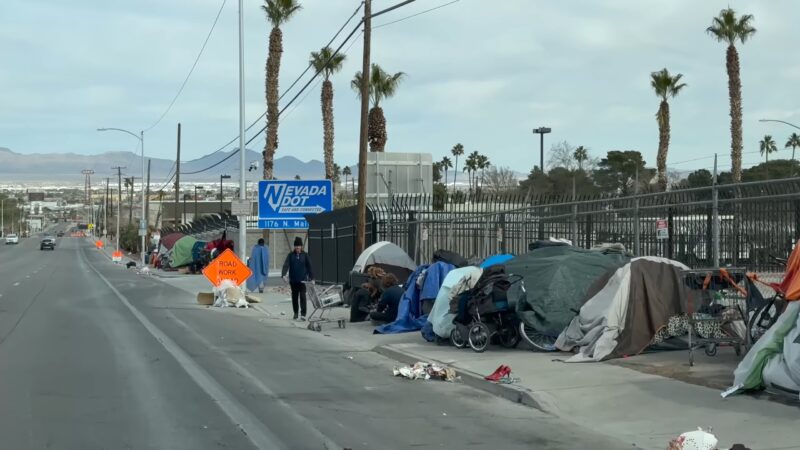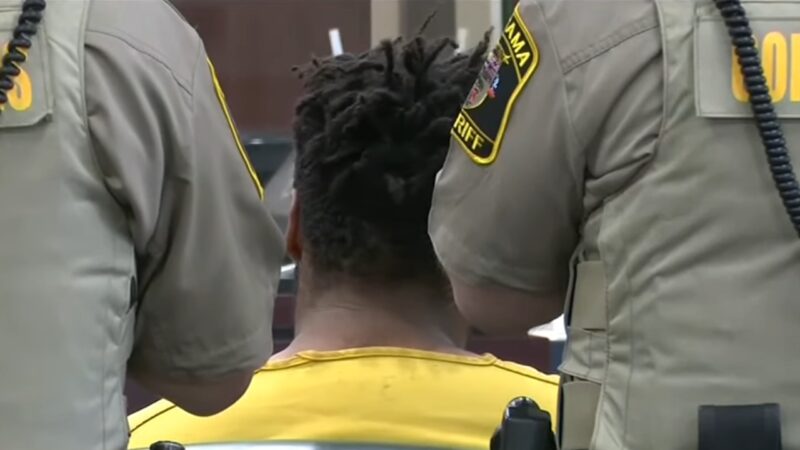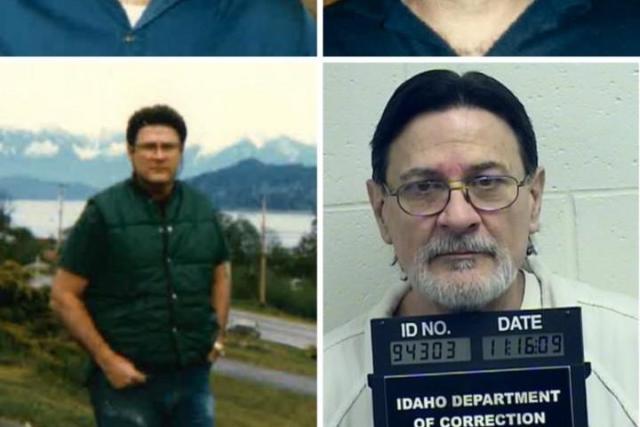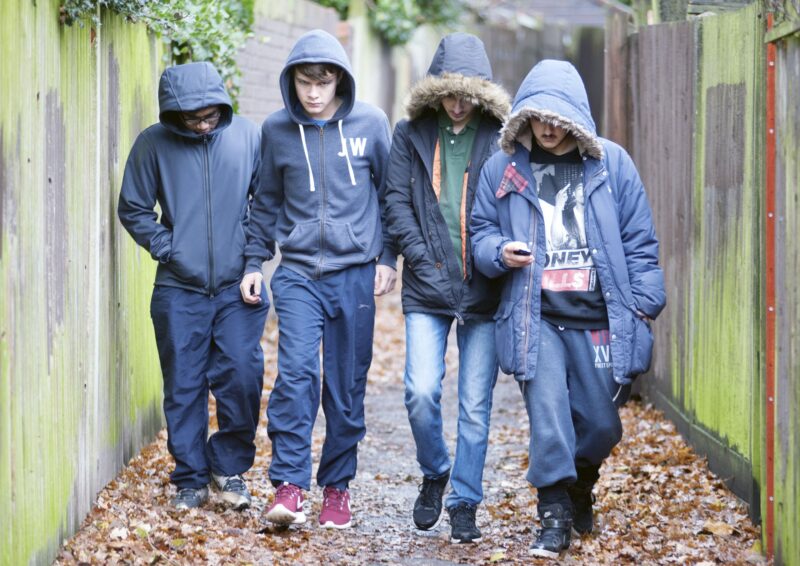Las Vegas, known as the city that never sleeps, is renowned for its vibrant nightlife, 24-hour casinos, and countless entertainment options. However, beneath the glitz and glamour, the city has been grappling with a significant increase in crime rates in recent years.
This escalating situation has become a cause for concern for both residents and visitors alike, impacting the city’s reputation and overall quality of life.
The Current State of Crime
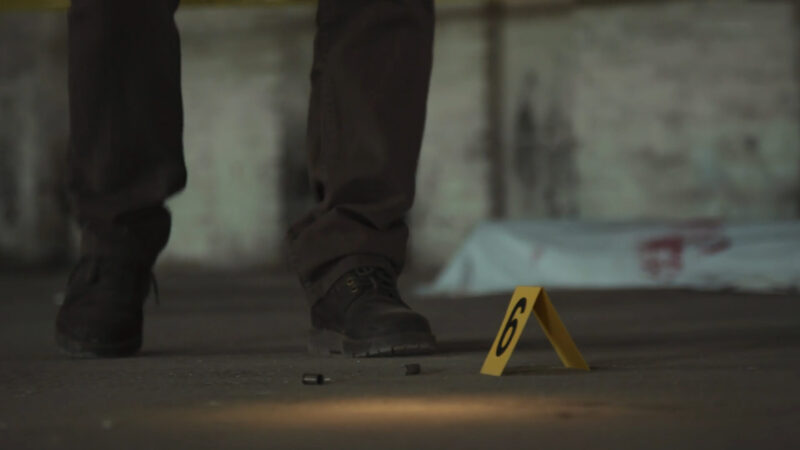
According to the Las Vegas Metropolitan Police Department[1], the number of violent crimes has been fluctuating between 2020 and 2023:
| Year | 2020 | 2021 | 2022 | 2023 |
|---|---|---|---|---|
| Number of crimes | 9,255 | 8,041 | 8,629 | 7,857 |
This surge in violent crimes has instilled fear and anxiety among the residents[2] a couple of years ago, making safety a primary concern for the city’s inhabitants.
After the first two months of 2024, it is reasonable to expect that the number of crimes will drop, based on the current number, 451. Out of this number, 294 were cleared.
When it comes to the crimes committed this year, the outlook is like this on the 20th of March 2024:
- Aggravated Assault: 328
- Robbery: 79
- Rape: 41
- Murder and Nonnegligent Homicide: 3
Homicide
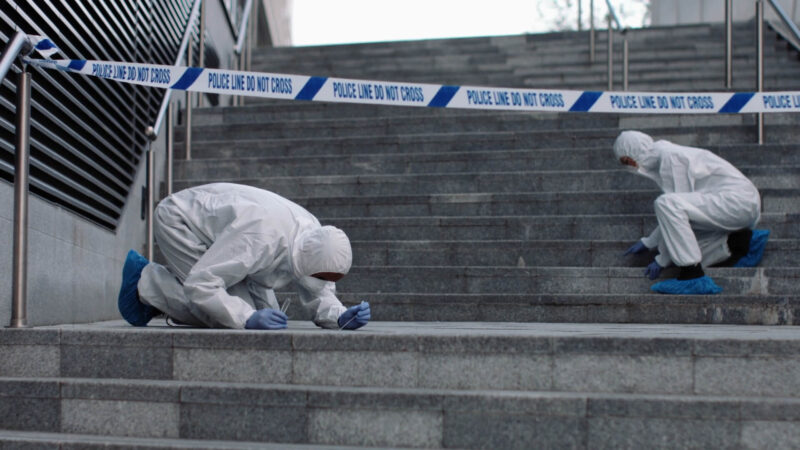
With only three homicides in 2024 so far, going deep into statistics would not bear fruit. Still, we can go through the most interesting ones we can see. While it is early to provide exact results, we can see that the homicide rate at the moment is -97.76% when you compare 2023 to the first months of 2024.
All offenders were males and they used different weapons were used in committing each homicide:
- Knife – 1
- Firearm – 1
- Personal Weapon – 1
Aggravated Assault
The number of aggravated assaults in the first months of 2024 is 328, out of which 245 were cleared by the department.
When it comes to the weapons used to commit these, the outlook is the following:
- Firearm – 33.5%
- Knife – 26.2%
- Fists – 21.3%
- Other – 18.9%
Robbery
The number of robberies committed in Las Vegas is pretty steady over the last couple of years:
| Year | 2020 | 2021 | 2022 | 2023 |
|---|---|---|---|---|
| Number of crimes | 1,737 | 1,394 | 1,622 | 1,299 |
We’ve witnessed only 72 since the start of the year.
Weapons used in these are:
- Firearm – 57.0%
- Fists – 21.5%
- Knife – 10.1%
- Other – 11.4%
The Impact of Rising Crime Rates
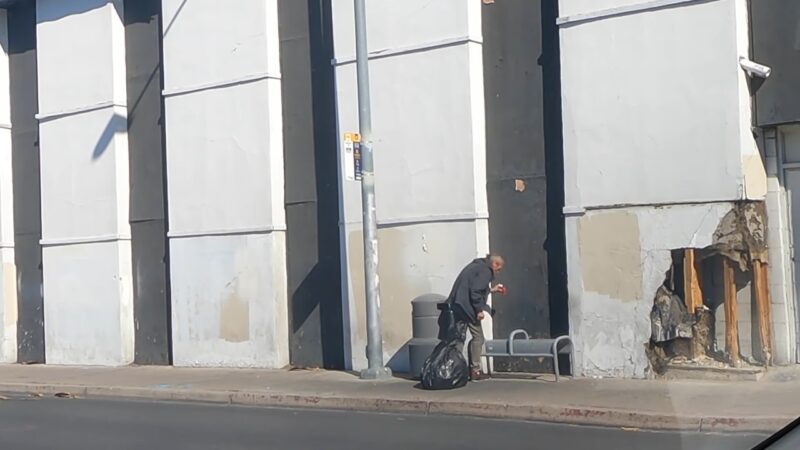
The rising crime rates have had a profound impact on the city and its residents. The fear of crime has led to a decrease in the quality of life for many residents, with some even considering moving out of the city.
The increase in crime has also affected the city’s tourism industry, with many tourists expressing concerns about their safety. This has led to a decrease in tourist arrivals, impacting the city’s economy.
Interestingly, this situation is not unique to Las Vegas, as other major cities like Miami are also grappling with similar challenges, as seen in this analysis of Miami’s crime rate.
The Response to the Rising Crime Rates
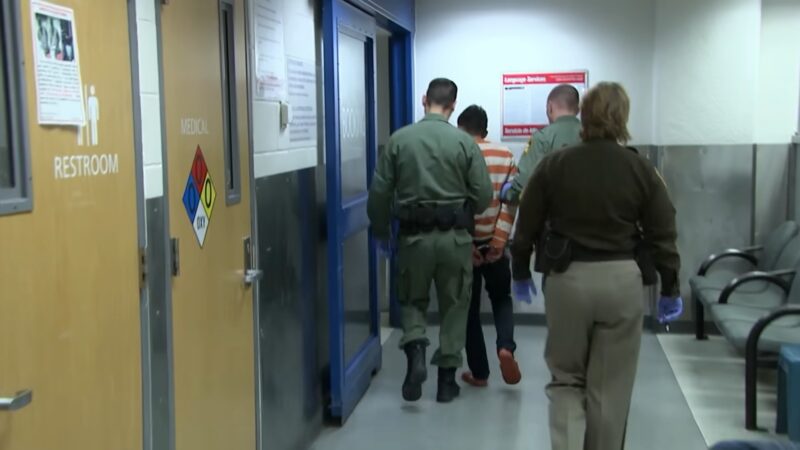
In response to the rising crime rates, the city of Las Vegas and the Las Vegas Metropolitan Police Department have taken several measures.
These include increasing the number of police officers on the streets, implementing new crime prevention strategies, and working closely with community organizations to address the root causes of crime. These initiatives aim to not only curb the rising crime rates but also to instill a sense of security among the residents.
Moreover, the city has also started investing in technology to aid in crime prevention and detection. This includes the use of surveillance cameras, gunshot detection systems[3], and predictive policing software. These technological advancements have proven to be effective in preventing crimes and aiding in the swift capture of criminals.
Top Riskiest and Safest Neighborhoods
Now, let us check the most dangerous places in Las Vegas compared to the national average, according to AreaVibes.
| Neighborhood | Total crime | Violent crime | Property crime |
|---|---|---|---|
| Downtown[4.1] | 115% higher | 103% higher | 117% higher |
| North Las Vegas[4.2] | 6% lower | 14% higher | 9% lower |
| Meadows Village[4.3] | 94% higher | 89% higher | 96% higher |
| West Las Vegas[4.4] | 123% higher | 111% higher | 126% higher |
| Huntridge[4.5] | 98% higher | 87% higher | 100% higher |
After covering the riskiest ones, it is proper to look at the other side of the coin:
| Neighborhood | Total crime | Violent crime | Property crime |
|---|---|---|---|
| Sun City Summerlin[4.6] | 27% lower | 68% lower | 19% lower |
| Sheep Mountain[4.7] | 19% lower | 55% lower | 12% lower |
| Tule Springs[4.8] | 20% lower | 52% lower | 14% lower |
| Paradise Hills[4.9] | 61% lower | 57% lower | 61% lower |
| Nellis AFB[4.10] | 11% lower | 10% lower | 11% lower |
Methodology
For my analysis of crime rates in Las Vegas, NV, I rely on the crime data annually published by the FBI and city police. This data is released in two key segments: a preliminary overview focused on the nation’s largest cities, followed by a detailed year-end report.
Our investigative approach centered around two principal metrics:
- Per Capita Violent Crime Rates
- Per Capita Property Crime Rates
In pursuing a nuanced examination, our study predominantly concentrated on Boston while also integrating comparative data from other Massachusetts cities for a more rounded state-wide perspective.
References:
1. NevadaCrimeStats: https://nevadacrimestats.nv.gov/tops/report/violent-crimes/las-vegas-metro-police-department/2024
2. Bmcpsychiatry.Biomedcentral: https://bmcpsychiatry.biomedcentral.com/articles/10.1186/s12888-022-03916-0
3. DHS: https://www.dhs.gov/publication/gunshot-detection-systems
4. AreaVibes
- 4.1 https://www.areavibes.com/las+vegas-nv/downtown/crime/
- 4.2 https://areavibes.com/north+las+vegas-nv/crime/
- 4.3 https://www.areavibes.com/las+vegas-nv/meadows+village/crime/
- 4.4 https://www.areavibes.com/las+vegas-nv/west+las+vegas/crime/
- 4.5 https://www.areavibes.com/las+vegas-nv/huntridge/crime/
- 4.6 https://www.areavibes.com/las+vegas-nv/sun+city+summerlin/crime/
- 4.7 https://www.areavibes.com/las+vegas-nv/sheep+mountain/crime/
- 4.8 https://www.areavibes.com/las+vegas-nv/sun+city+summerlin/crime/
- 4.9 https://www.areavibes.com/las+vegas-nv/tule+springs/crime/
- 4.10 https://www.areavibes.com/nellis+afb-nv/crime/
Related Posts:
- Prominent Attorney and Wife Murdered by Colleague in…
- Denver Crime Rate 2024: Dark Secrets Behind Mile-High City
- Seattle Crime Rate 2024: Risk in the Emerald City
- Only City Where Crime Rate Increases in 2024 - LA
- Miami Crime Rate 2024 - The Other Side of the Sun
- Boston Crime Rate For 2024: A Year of Challenges and…

